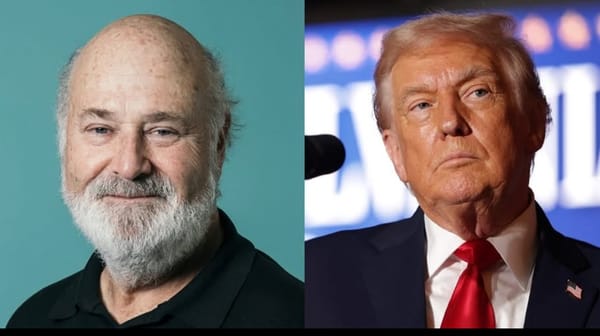🗞️ What Counts as “News”? Depends on Where You Are

Dear Reader,
Ever wonder why the same story looks entirely different depending on where you read it? Why one country is setting social media on fire over a protest, while another acts like it never happened? Welcome to the world of global news—and the murky waters of government control, censorship, and cultural framing.
Let’s start with the big picture: news isn’t neutral. It never has been. Even the most well-intentioned journalist is still working within a system—economic, political, cultural—that shapes what can be reported and how.
In some countries, the state decides what “truth” looks like. In others, corporations do. And in many, it’s both.
🌍 Around the World in 80 (Censored) Headlines
China:
If you want to see censorship in action, look no further than the Great Firewall. The Chinese government tightly controls all media and internet access. Topics like Tiananmen Square, Hong Kong protests, or criticism of the Communist Party? Completely scrubbed from the web. Social media platforms like Weibo and WeChat are constantly monitored, and algorithms are designed to flag or remove “sensitive content.”
Russia:
Since the invasion of Ukraine, Russia has taken a scorched-earth approach to press freedom. Independent news outlets have been shut down, and journalists risk jail time for calling the war a “war.” The Kremlin labels dissenters as “foreign agents,” and the internet is increasingly siloed, with sites like Facebook and Twitter blocked altogether.
India:
India calls itself the world’s largest democracy—but that hasn’t stopped government pressure on the press. Journalists critical of Prime Minister Modi have faced intimidation, legal threats, and raids. Certain regions, like Kashmir, regularly experience internet blackouts to limit the spread of “anti-national” news.
United States:
In the land of the First Amendment, things get tricky in a different way. While outright government censorship is rare (though increasingly flirted with), corporate consolidation and algorithmic curation quietly shape what people see. Five giant media companies own most major outlets. And social media platforms are algorithmically tuned to outrage, not accuracy. Add to that the rise of propaganda outlets disguised as news (looking at you, Fox and OANN), and truth becomes a moving target.
Europe:
European nations tend to strike a balance. Countries like Germany and France enforce limits on hate speech and misinformation, especially post-WWII. But unlike authoritarian regimes, they tend to do so through courts and oversight bodies, not shadowy backroom edicts. Still, even there, questions about who gets to define “hate speech” or “fake news” remain.
💻 The Internet: A Global Town Square… with Local Censors
The internet was supposed to democratize information. And in many ways, it has. Citizen journalists, whistleblowers, and activists can now speak directly to the world. But governments are catching up fast.
- Vietnam has forced platforms like Facebook to remove anti-government content or face throttling.
- Turkey routinely jails journalists and blocks websites critical of President Erdoğan.
- Iran shuts down internet access during protests and uses AI tools to identify dissidents.
Even in democratic nations, laws like Europe’s Digital Services Act or Canada’s Online News Act are sparking fierce debate: are they protecting citizens or choking free expression?
🧠 The News You See Shapes the World You Know
So what can we do as readers?
- Diversify your sources. Read international outlets. If a story seems one-sided, look for how it’s reported elsewhere.
- Support independent journalism. They’re often the first to be silenced and the last to give up.
- Question everything. Including this newsletter.
Because in today’s world, truth has to be sought, not swallowed.
Stay curious, stay critical,
Julie Bolejack, MBA



